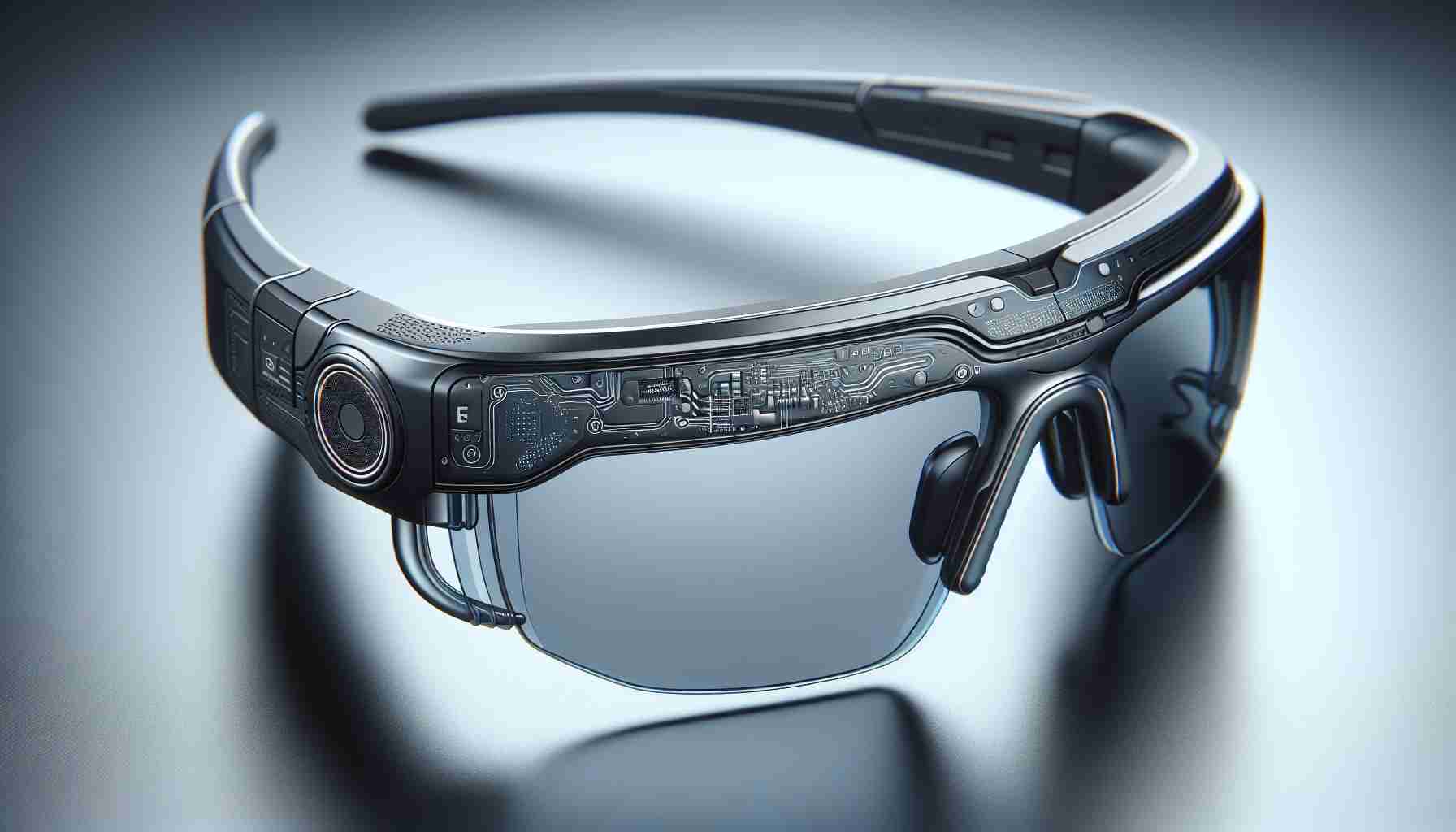The competition in the wearable tech market is intensifying, with Samsung preparing to enter the smart glasses arena. The South Korean tech powerhouse, in collaboration with Google and Qualcomm, is set to unveil its latest innovation in the third quarter of 2025. These smart glasses appear to draw inspiration from the popular Ray-Ban style, offering additional advanced features to enhance user experience.
Initial production is slated for 500,000 units, equipped with a Qualcomm AR1 chipset and a secondary NXP processor. The device boasts a 12MP Sony IMX681 camera, a lightweight design at just 50 grams, and a compact 155mAh battery. One of the most notable aspects of these glasses is the integration of Google’s Gemini AI, which enables a range of functionalities like voice commands and real-time assistance.
Interestingly, reports indicate that Samsung’s smart glasses may not include a display. This suggests a focus on optimizing AI capabilities for tasks such as gesture recognition and QR code scanning, while relying on users’ smartphones for visual elements. The aim is to deliver a seamless, lightweight device that complements phone usage rather than overwhelming it with hardware.
Competition in the field is notable, as both Meta and Apple are also exploring smart glasses technology. Samsung appears to be positioning itself strategically, promoting accessibility and practical AI integration as distinguishing features for their new wearable device.
Samsung’s Smart Glasses: A New Frontier in Wearable Technology
As Samsung steps into the burgeoning smart glasses market, several pertinent questions arise. What unique features can we expect? How do these smart glasses compare to existing offerings from competitors? And what challenges does Samsung face as it launches this innovative device?
What are the unique features of Samsung’s smart glasses?
Samsung’s smart glasses are set to blend augmented reality with advanced AI functionalities, powered prominently by Google’s Gemini AI. This integration promises real-time translation, enhanced navigation assistance, and health monitoring capabilities. The glasses are also designed to support music streaming and call handling through voice commands, expanding their utility beyond typical eyewear. Moreover, the inclusion of the Qualcomm AR1 chipset suggests a strong emphasis on efficient performance, which could allow for longer battery life and better processing speeds.
How do these glasses compare to competitors?
While companies like Meta and Apple have ventured into smart eyewear, Samsung’s approach appears to prioritize functionality over flashy displays. Many competing products emphasize immersive visual experiences; however, Samsung seems focused on creating a practical accessory that synergizes well with smartphones. This could present the smart glasses as a more complementary addition to a user’s tech ecosystem rather than a standalone device.
What are the key challenges Samsung faces?
Samsung will encounter several challenges as it introduces these smart glasses. Privacy concerns surrounding the wearable’s camera capabilities may pose significant hurdles. Users are increasingly cautious about devices that can record audio and video, leading to public scrutiny and potential backlash. Additionally, user adoption could be impeded by the glasses’ reliance on smartphones for visual elements, potentially limiting their appeal to tech-savvy users or those less interested in wearable gadgets.
Advantages and Disadvantages
Advantages:
1. Seamless Integration: The glasses will likely offer smooth interaction with existing Samsung devices, enhancing the overall user experience.
2. Lightweight Design: At just 50 grams, the glasses aim to be comfortable for prolonged use, a critical factor in wearable technology.
3. Advanced AI Capabilities: With Google’s Gemini AI, users can expect superior voice command functionality and real-time interactions that can significantly enhance productivity.
Disadvantages:
1. No Display Feature: The potential lack of a visual display may deter users who seek immersive experiences like those offered by competitors.
2. Privacy Concerns: The built-in camera feature could lead to privacy infringements, making potential users skeptical about adopting the device.
3. Smartphone Dependency: The reliance on smartphones for visual information may limit the glasses’ effectiveness and utility, particularly for users who prefer devices with independent capabilities.
In conclusion, Samsung’s entry into the smart glasses market presents an exciting evolution in wearable technology. As they work to balance advanced features with practical usability, the upcoming release will certainly capture the attention of both enthusiasts and casual users alike. With the landscape of smart eyewear rapidly changing, it will be crucial for Samsung to navigate the associated challenges effectively.
For more information on Samsung and its innovations, visit Samsung.












